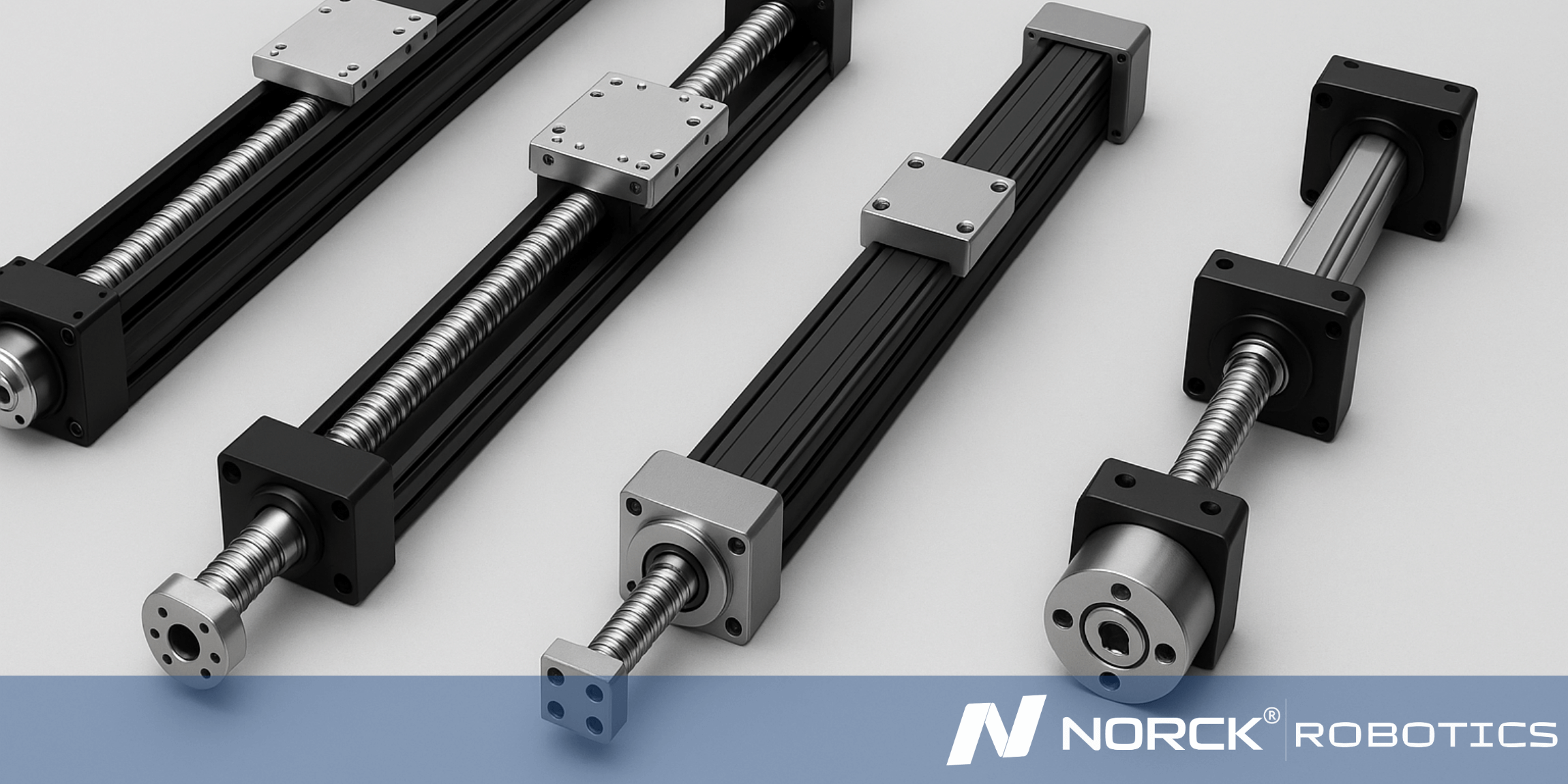

Ready to automate your future? Get a quote from Norck Robotics now!
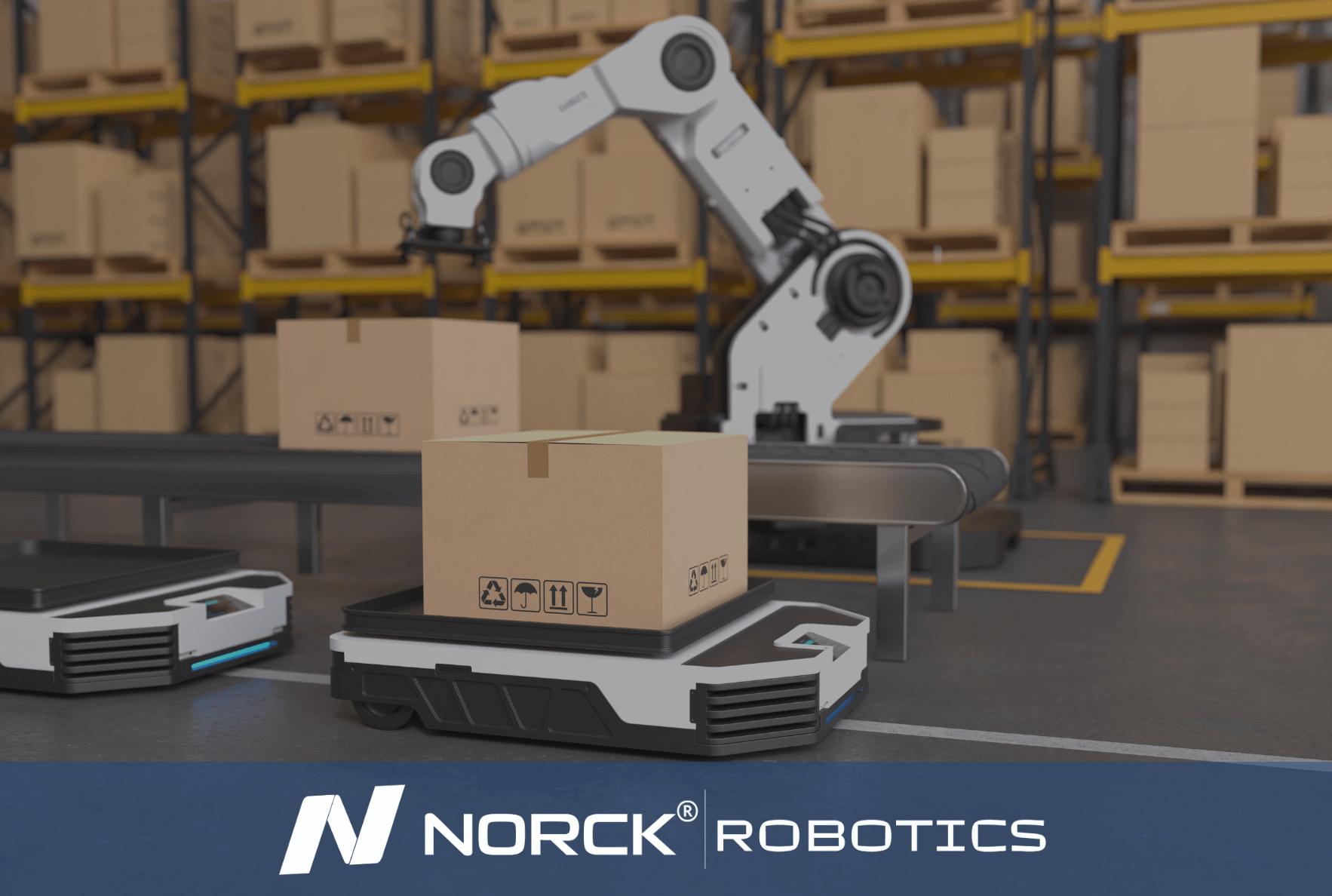
Norck Robotics specializes in providing unique robotic automation and engineering solutions designed to meet the specific operational needs of each client. Our expertise covers a wide range of industries and applications.
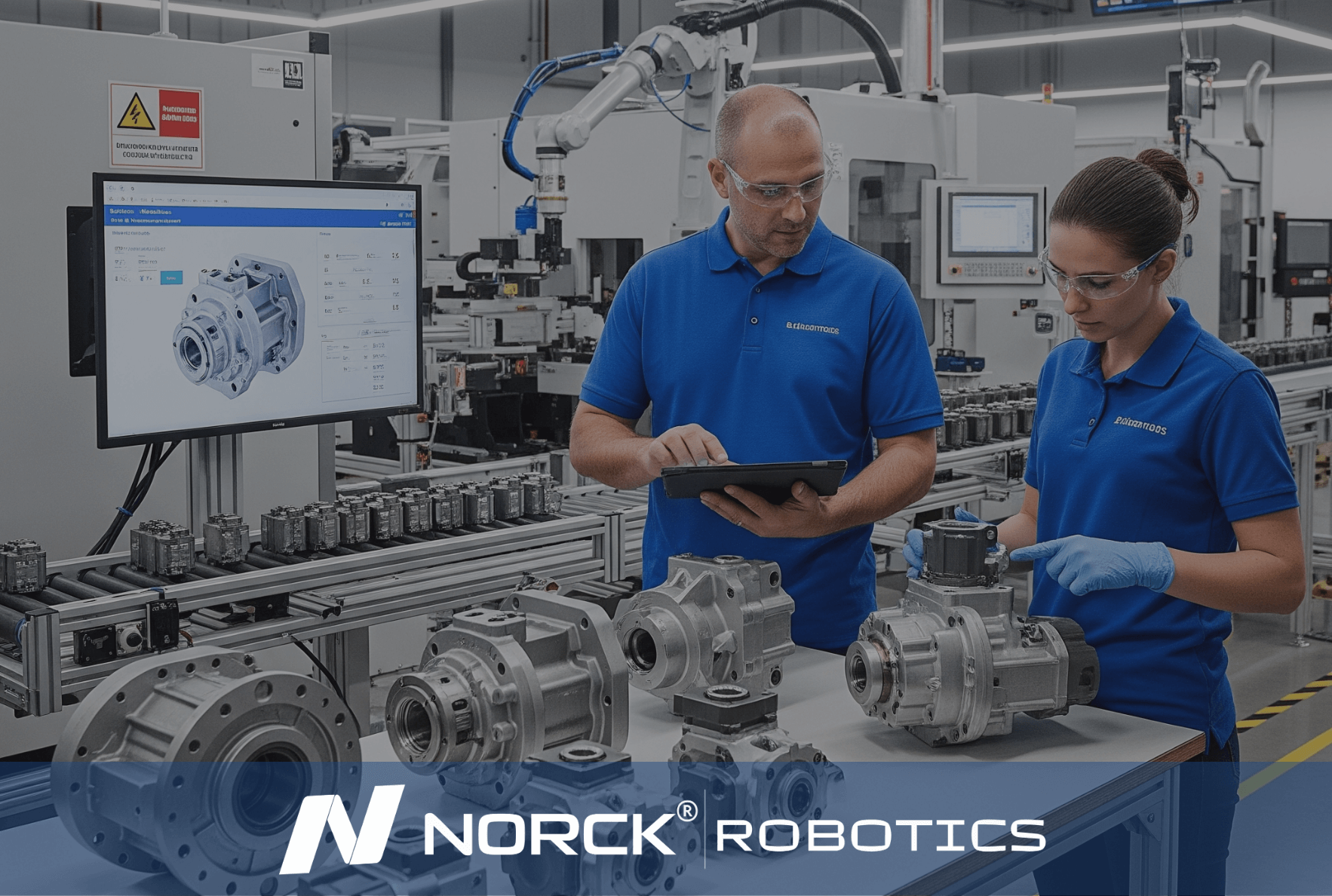
Norck Robotics delivers turnkey robotic automation and engineering solutions tailored to your specific needs across various industries.

Whether you need a single robotic cell prototype or full-scale factory automation, Norck Robotics engineers are ready to collaborate with you to bring your concept to life.

Norck Robotics engineers analyze your existing processes to provide feedback that enhances efficiency, cost-effectiveness, and productivity for robotic integration.
The ball screw mechanism is designed to turn screws into linear motion. The threaded shaft is complemented either by ball bearings or the nut. The shaft is fitted with helical grooves aligning with the ball bearings housed in a nut. Thus, the rotation of the shaft allows ball bearings to roll in the grooves that thrust the nut along the length of the screw.
Consequently, this rolling action imparts less friction than the simple lead screw action; hence larger efficiency and smoothness of movement. Reversibly circulating along the return path, these balls are continuously fed into the nut without incurring significant wear. Ball screw systems are known for accuracy and load capability, thus well suited for accuracy applications.
As the screw is rotated, the amount of rotation is directly converted into linear displacement by the nut. Such mechanisms are widely used for producing reliable and controlled motion in machinery, robotics, and linear actuators.
Using ball screws has several benefits compared to using other actuation techniques in very precise applications. Perhaps the most important aspect is accuracy, as linear motion performed using ball screws is almost certainly more precise because of ball bearings rolling along the threaded shaft.
Therefore, this is an excellent task for applications requiring exact control like CNC machines or robotics. Another advantage of ball screws is the efficiency at which they could be operated with rolling ball bearings as opposed to traditional lead screws resulting in friction-free operations. This means that this method could be implemented even faster and would consume less power in contrast to other driving methods.
Ball screws also show tremendous low backlash, meaning there is little or no movement in nut and screw, even if the direction changes. Those very few movements help to achieve constant position accuracy. Such features also contribute to the higher carrying capacity and long-term durability and give long-life operation to ball screws. Therefore, it is an important choice for high-performance systems. Like many other linear motion solutions, they are relatively quiet.
Overall, they provide the benefits of high efficiency and precision at low maintenance levels.

In addition to its own expert engineering team, Norck Robotics provides access to a network of hundreds of top-tier system integrators, robot manufacturers, and component suppliers across the United States, Germany, and Europe.

Working with Norck Robotics reduces dependency on manual labor, increases production consistency, and secures your operations against unforeseen disruptions, quality issues, and fluctuations. This enhances your company's supply chain resilience.
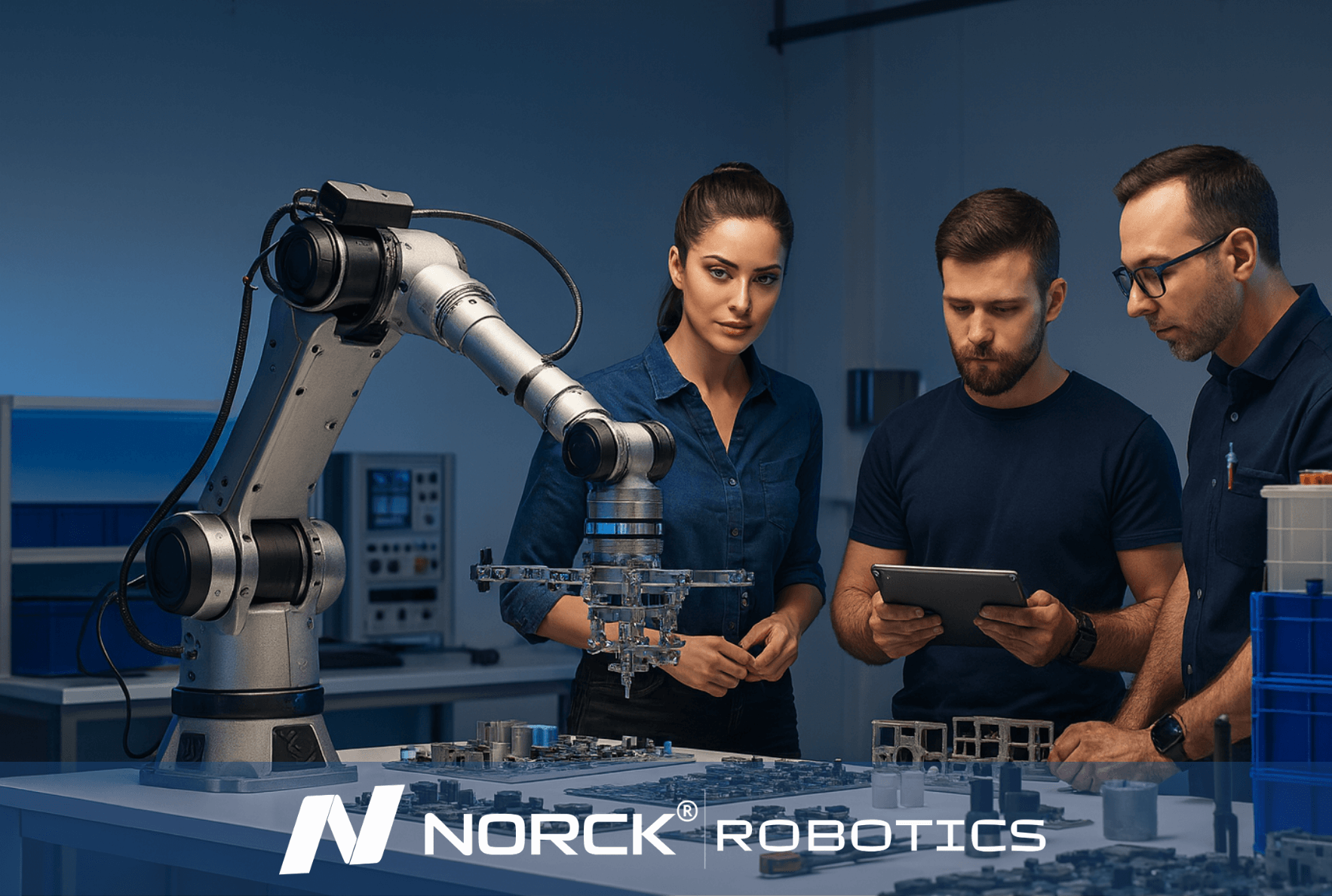
Norck Robotics advances digital automation by developing custom-designed robot grippers, advanced vision systems, and innovative simulation software. With an AI-driven, data-centric approach, it enables smarter system design, optimal performance, and predictive maintenance solutions.
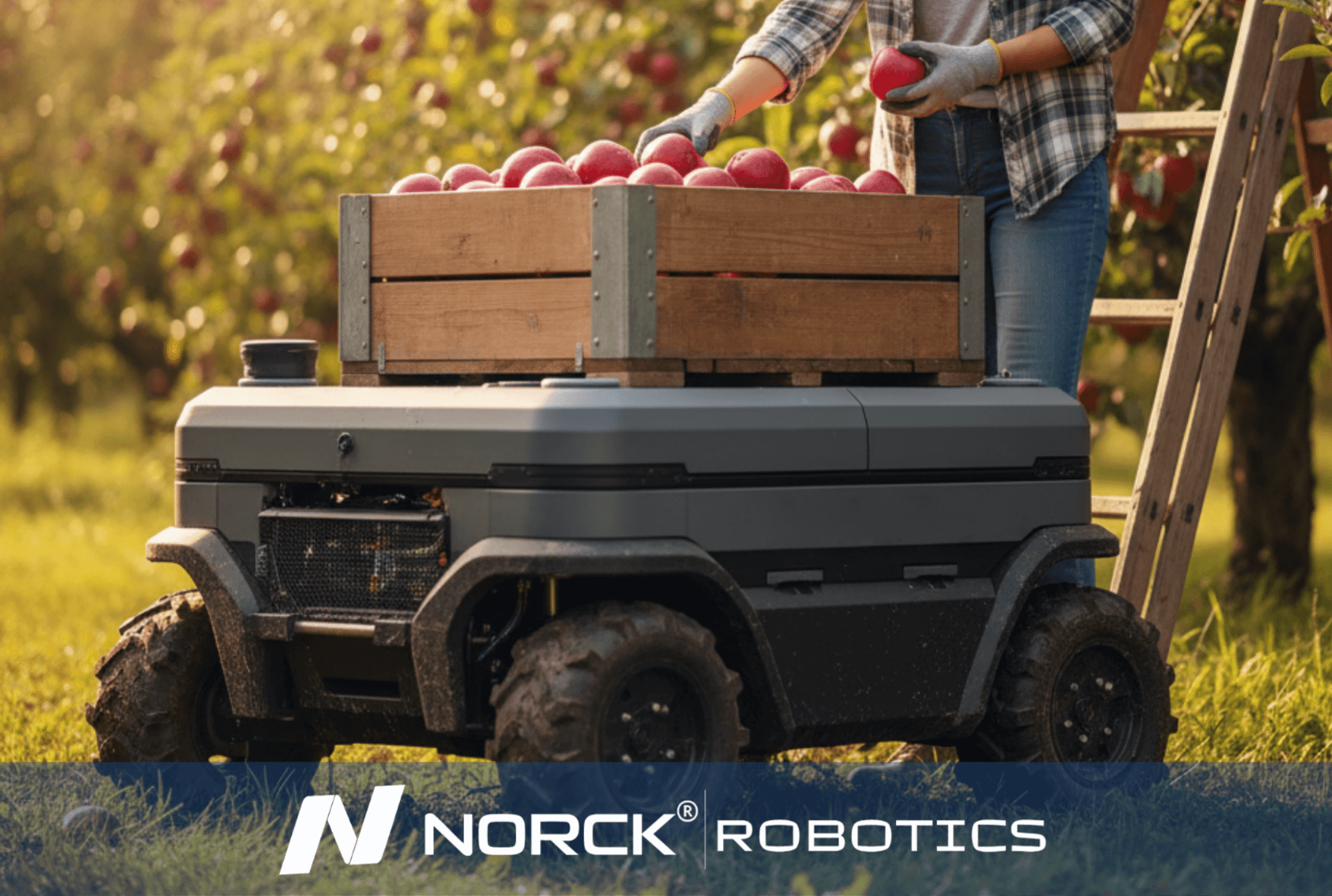
Norck Robotics encourages its partners to be carbon-neutral by reducing energy consumption and material waste through the efficiency of robotic automation, and prioritizes environmentally conscious suppliers.
Comparative analysis of ball screw and other screw mechanisms, like lead screws, would require one to analyze input relevant to their efficiency, precision and applicability.
Efficiency:
Ball screw is almost a hundred percent efficient because it uses a ball bearing rolling between nut and screw, thus having least friction and very high efficiency, less wasted energy in the form of heat, and much lower effort to be applied through driving.
Lead Screws create direct sliding between the nut and the thread of the lead screw. Though they generally have a higher thrust capacity, there is considerable friction resulting in lower efficiency when it is loaded or speed increased.
Precision:
Ball screws are recognized for their extreme precision; they are suitable for applications requiring close tolerances. The rolling nature of the balls minimizes backlash while at the same time providing smooth continuous motion.
Sometimes lead screws can give good precision, but they have more backlash because of nut sliding friction against screw; therefore, it is not so precise to some applications, especially at relatively higher loads or direction changes.
Load Capacity:
The load-carrying capacity of ball screws is higher because it carries the load along rolling surface at number of contact points; therefore, these ball screws can be used in heavy applications that also need high force.
Because fewer points of contact bear the load, lead screws are of lower capacity as compared to ball screws.